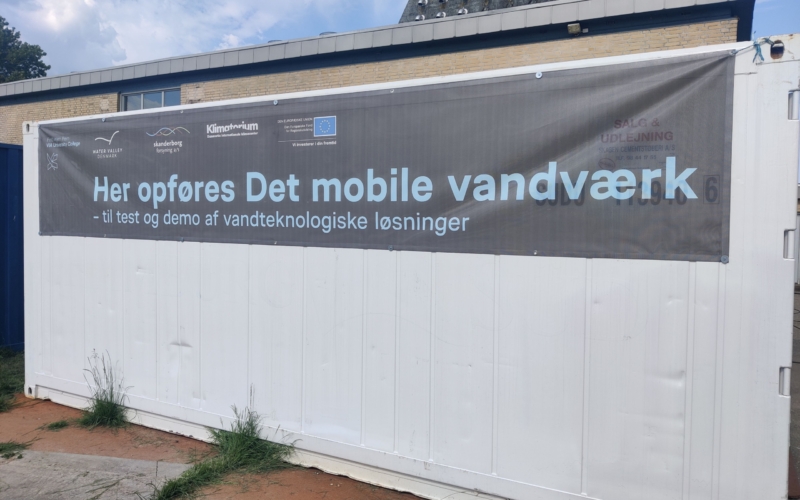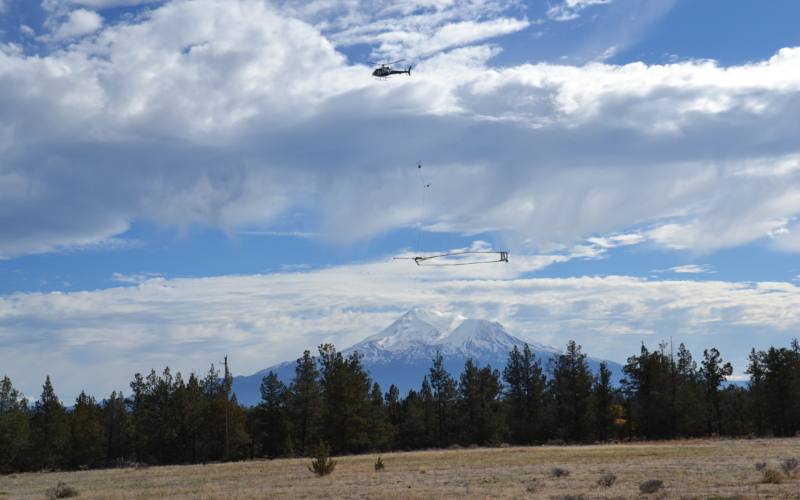Strong cooperation on test and demonstration
Kalundborg Symbiosis is known throughout the world and helps to market Denmark as a green pioneer country. In addition, Symbiosis, as a local partnership with a focus on efficient resource utilization can contribute to achieving the government’s ambitious reduction target of 70% less CO2 emissions by 2030.
Annually, the symbiosis saves the partners and the environment for 4 million m3 of groundwater by using surface water and 586,000 tonnes of CO2. An on top of that, every year 62,000 tonnes of residual materials is being recycled. And since 2015, the CO2 emissions in the Symbiosis has been reduced by 80%. The local energy supply is CO2 neutral.
Over the years, Symbiosis has hosted test and demonstration facilities testing technologies for wastewater treatment by the use of microalgae, production of second-generation bioethanol, low-temperature pyrolysis, and much more.
“Growing demands on sustainable water supply to industry call for coordinated action and mutual focus on the area. The Symbiosis partnership provides the platform to timely overcome challenges and bottlenecks, to secure a managerial focus on water as an essential resource to the nature and industry”
Per Møller, Senior Symbiosis Developer, Kalundborg Symbiosis
Sometimes, even full-scale production can be established from the existing test and demonstration plants, for example RE Energy/Meliora Bio, as well as plants used for purposes other than those for which they were originally built.
Kalundborg Utility, for example, is now using the greenhouse originally built for microalgae plants for Denmark’s largest sludge mineralisation test plant for sustainable sludge treatment in collaboration with FORS and WSP.
Another good example of innovation can be found at Unibio, an innovative developer of protein production technology that converts methane from any source into a highly concentrated protein feedstock for use as an ingredient in animal feed. The technology developed by Unibio replicates the microbiological processes that occur in nature every day using the U-Loop® fermentor patented by Unibio. The fermentation technology has been demonstrated on a pilot and demonstration scale in Kalundborg using biogas supplied by Kalundborg Bioenergy.



